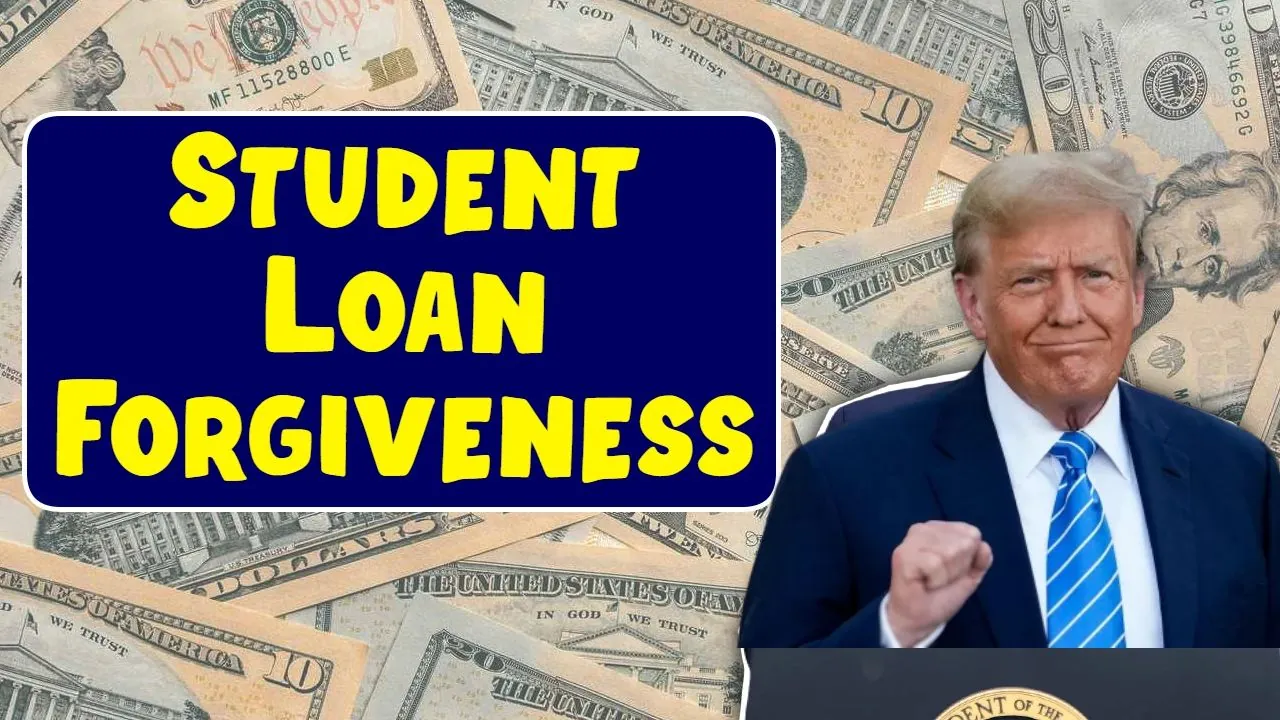Student loan debt in the United States has reached a staggering $1.7 trillion, impacting more than 45 million borrowers. With college tuition increasing at a pace nearly eight times faster than wages, many individuals are finding it increasingly difficult to manage their student loan obligations. In response, the U.S. government has implemented several student loan forgiveness programs designed to ease this burden and help borrowers regain financial stability. These programs offer targeted relief, allowing eligible borrowers to reduce or eliminate their student loan debt and shift focus to personal growth and career advancement.
Types of Student Loan Forgiveness Programs
This Article Includes
The federal government offers a variety of student loan forgiveness programs tailored to specific groups, including public service workers, educators, low-income individuals, and victims of educational fraud. These programs vary in terms of eligibility, requirements, and application processes. Below is an overview of the most prominent student loan forgiveness options:
1. Public Service Loan Forgiveness (PSLF)
Public Service Loan Forgiveness (PSLF) is designed for borrowers employed in public service fields, such as government jobs or eligible non-profit organizations. To qualify, borrowers must make 120 qualifying monthly payments under an Income-Driven Repayment (IDR) plan while working full-time for a qualifying employer.
- Eligibility: Must work full-time for a government or eligible non-profit organization.
- Loan Type: Only Direct Loans qualify for PSLF.
- Payment Plan: Borrowers must be enrolled in an IDR plan.
- Qualifying Payments: 120 qualifying payments, which do not have to be consecutive.
- Documentation: Annual Employer Certification Form to verify eligibility.
2. Income-Driven Repayment (IDR) Forgiveness
Income-Driven Repayment (IDR) Forgiveness offers relief to borrowers whose income is insufficient to meet the standard loan payment requirements. Under an IDR plan, monthly payments are based on a percentage of the borrower’s discretionary income. After 20 or 25 years of qualifying payments, the remaining loan balance is forgiven.
- IDR Plans:
- PAYE: 10% of discretionary income, forgiveness after 20 years.
- REPAYE: 10% of discretionary income, forgiveness after 20-25 years.
- IBR: 10-15% of discretionary income, forgiveness after 20-25 years.
- ICR: 20% of discretionary income or fixed 12-year payment, forgiveness after 25 years.
3. Teacher Loan Forgiveness
Teachers working in low-income schools may be eligible for Teacher Loan Forgiveness. This program offers up to $17,500 in loan forgiveness for eligible educators who teach full-time in qualifying schools for five consecutive years.
- Eligibility: Must teach full-time in a low-income school for five consecutive years.
- Loan Type: Direct Loans or FFEL Loans.
- Subjects: Priority is given to teachers in subjects like Mathematics, Science, and Special Education.
Note: Borrowers cannot receive both PSLF and Teacher Loan Forgiveness for the same period of service.
4. Borrower Defense to Repayment
Borrower Defense to Repayment applies to borrowers who were misled by their school or who attended institutions that engaged in fraudulent practices. If a borrower can demonstrate that their school made false claims about the quality of education or engaged in misconduct, they may be eligible to have their loans discharged.
- Eligibility: Must provide evidence of fraud or misconduct by the school.
- Loan Type: Direct Loans, or loans must be consolidated to qualify.
- Forgiveness Timeline: Varies depending on the investigation outcome.

Eligibility Criteria for Student Loan Forgiveness
The eligibility requirements for each student loan forgiveness program vary based on the borrower’s specific situation. Below are the key criteria for each program:
- Public Service Loan Forgiveness (PSLF): Requires full-time employment with a government or qualifying non-profit organization and 120 qualifying payments under an IDR plan.
- Income-Driven Repayment (IDR) Forgiveness: Requires enrollment in an IDR plan with 20-25 years of qualifying payments based on discretionary income.
- Teacher Loan Forgiveness: Requires five consecutive years of full-time teaching in a low-income school.
- Borrower Defense to Repayment: Requires evidence of misconduct or fraud by the school, and only Direct Loans are eligible.
Application Process for Student Loan Forgiveness
The application process for student loan forgiveness is critical to ensuring a successful claim. Below are the essential steps for applying for each forgiveness program:
- Identify the Correct Program: Review your employment, income level, and loan type to determine which forgiveness program is most suitable for you.
- Verify Loan Type and Employment: Confirm that your loans are eligible for the program. For example, PSLF only applies to Direct Loans, and FFEL or Perkins Loans must be consolidated.
- Complete Required Documentation: Gather necessary documents such as proof of income, employment certification, or evidence of fraud by your school.
- Submit Application: Most applications can be submitted via the Federal Student Aid Website. For PSLF, submit Employer Certification Forms annually.
- Follow Up: Regularly check your Federal Student Aid account to track the status of your application.
Documentation Checklist
Depending on the forgiveness program, the following documents may be required:
- Employment Verification Forms: For PSLF and Teacher Loan Forgiveness.
- Income Documentation: For IDR plans.
- Consolidation Application: If necessary, consolidate loans to make them eligible.
- Supporting Evidence: For Borrower Defense, provide proof of school misconduct.
Conclusion
Student loan forgiveness programs are an invaluable resource for borrowers struggling with educational debt. By understanding the types of forgiveness available, the eligibility requirements, and the application process, borrowers can take strategic steps toward reducing or eliminating their student loan obligations. Whether you are employed in public service, teaching in a low-income school, facing financial hardship, or have been a victim of educational fraud, these forgiveness programs offer a potential path to financial freedom and a debt-free future. To ensure a successful application, borrowers must carefully follow the guidelines, submit required documentation, and remain diligent in tracking their progress.







Leave a Reply